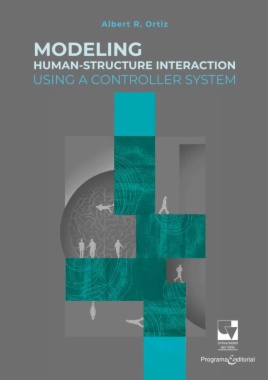The effects of human loads on structures are difficult to predict because they depend on the type of activity people are performing. However, models for typical activities such as standing, sitting and jumping have been proposed in the literature. Traditional models represent the human body as a system of lumped masses, dampers and springs arranged in a system with multiple degrees of freedom. Arguably, these models might not fully represent the human body because lumped masses, dampers and springs cannot add energy to the overall system.
Controller systems have been widely used in electrical, seismic and other fields of engineering for systems in which setting a specific response is important. Given that the human acts like a controller system, where the feedback affects the response of the system, and the specific use of controllers is becoming common in structural engineering, this research developed a controller model to reproduce the phenomenon of Human-Structure Interaction (HSI).
- Cover
- Title page
- Copyright page
- Contents
- 1 Introduction
- 1.1 Traditional models used in HSI
- 1.2 The human as a control system
- 2 Methodology
- 2.1 Human-structure Interaction as a closed-loop control system
- 2.2 Bayesian Model Updating
- 2.3 Probabilistic Model Selection
- 3 Experimental testing and updating of empty structure
- 3.1 Lab structure
- 3.2 Instrumentation and tests
- 3.3 Parameters of the structure
- 3.4 Conclusion remarks
- 4 Results
- 4.1 Parameter updating of the models
- 4.1.1 Models 1, 2, and 3 (Controller models)
- 4.1.2 Model 4: MCK and Single degree of freedom system
- 4.1.3 Model 5: MCK and Two degrees of freedom system
- 4.2 Model selection
- 4.3 Controller models for groups of people
- 5 Conclusions and future work
- 5.1 Conclusions
- 5.2 Future Work
- References

